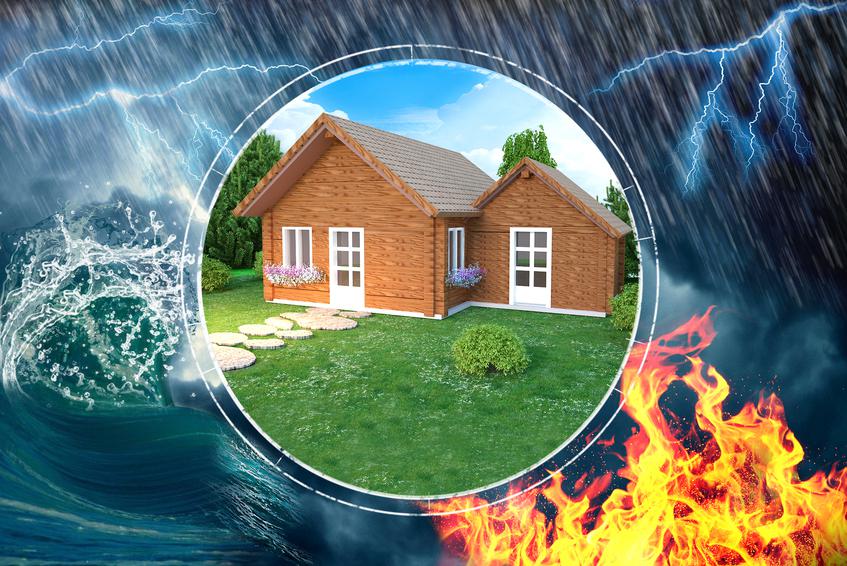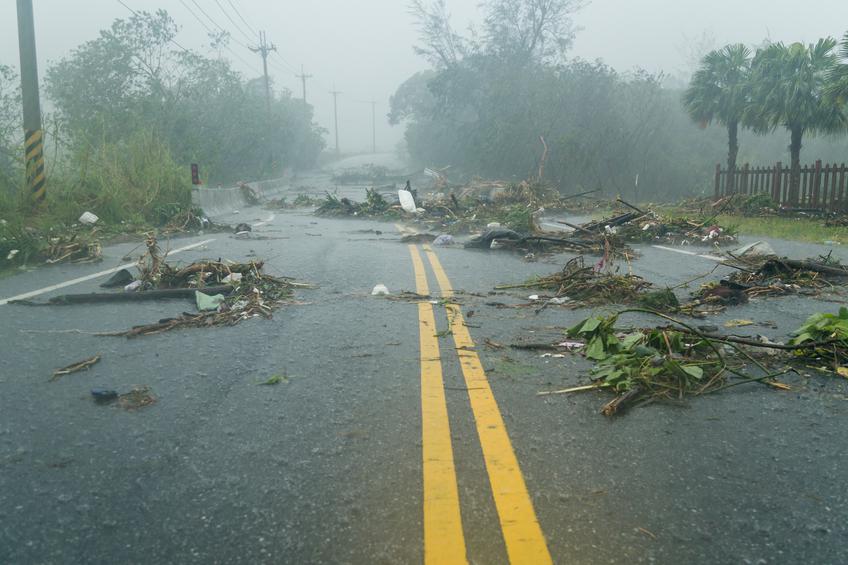
NOMINATIONS CLOSE SEPTEMBER 12 RECOGNISING THE INDIVIDUALS BEHIND THE PROJECTS
NOMINATIONS CLOSING SEPTEMBER 12 URBAN LEADER AWARDS
Resources
Newsletter
Stay up to date and with the latest news, projects, deals and features.
SubscribeAustralia is a land where resilience and adaptability constantly goes up against obstacles and tribulations, often emerging victorious. But a recent report launched by Insurance Australia Group Limited revealed that Natural disasters are undermining Australia’s future growth, putting billions of dollars’ worth of Australian economic activity and millions of people at risk.
The report,
At what cost? Mapping where natural perils impact economic growth and communities, is the first report to examine the impact that floods, storms, tropical cyclones, bushfires and earthquakes, have on economic activity.
The report also highlights the link between the risk of natural disasters and the ability of communities to have the resources to recover and rebuild from devastating events.
IAG Managing Director and CEO Peter Harmer said the report, prepared by SGS Economics and Planning, is a useful tool for governments and communities to identify where mitigation investment was needed to reduce the impact of natural disasters on the nation’s economic activity and community.
“Safeguarding our communities into the future is an important and often complex subject and one that Australia has approached in an ad-hoc way since the Europeans came here more than 220 years ago,” Mr Harmer said.
“This report will help all levels of government, businesses and the wider community understand the impact ever-increasing natural disasters are having on our economic activity.
"It can also help inform decisions on where future communities should live and work."The report found that large parts of Australia, sometimes the most populated or economically valuable, remain exposed to natural perils potentially costing the economy billions in future growth.

Twenty per cent of GDP is at high to extreme risk of disruption to tropical cyclones, particularly for mines and exports. While mines are generally quick to recover, the disruption delays exports and subsequent revenue.
The report illustrates a drop in export values directly coinciding with cyclone events over the last six years, with Tropical Cyclone Stan in January 2016 costing over $650 million in lost exports, taking months to recover to pre-cyclonic levels.
Lead author of the report Terry Rawnsley, National Leader of Economic and Social Analysis at SGS Economics and Planning, said an interactive map and data files were also developed to overlay communities’ risk exposure to natural perils, with the area’s economic productivity and local capacity to mitigate disaster impacts.
“Using data from the Insurance Council of Australia and IAG, we were able to identify the risk and impact of natural perils at a Local Government Area (LGA) level and were surprised by the extent of Australia’s economy and population exposed to natural perils," he said.
“What we found was a complex patchwork of perils impacting economic activity and people’s lives across Australia.
"Tropical cyclones and flood impacts our mining industry in the north and west, bushfire is a high risk in Victoria, and storms pose a significant risk to our knowledge economy in the major CBDs of Sydney and Melbourne,” Mr Rawnsley said.
It is not only economic activity which is at risk from natural perils but the growing number of people in high risk areas as urban sprawl continues and the pressure to release more land in high risk areas increases.

According to the report, the Queensland communities of Brisbane, Gold Coast, Townsville and Moreton Bay are at high to extreme risk from a combination of cyclones, storms and floods.
Between 2001 and 2015 the population in these areas increased by more than 450,000 people, putting even more people at risk.
Mr Harmer said natural disasters should be seen as a significant risk to the current and future national economy and the safety of our communities.
“Our purpose at IAG is to make your world a safer place and we believe better informed communities will equip governments, businesses and people in the community to better understand the risks and options available.
“We know that one dollar spent on mitigation can save at least two dollars in recovery costs and sensible mitigation can help prevent future losses.
"That’s why we have worked with SGS Economics and Planning to make this data available to the wider community so governments, businesses and individuals can make informed decisions.”
Harmer makes the following recommendations in light of the report's findings:
For government
More proportionate funding on mitigation compared to recovery
Prioritisation of funding based on risk and impact
Improve risk sensitivity of land use planning
Strengthen building codes
Increase community awareness and understanding by making hazards information available
Conduct research to find out the level of risk in the area
Check insurance coverage
Prepare properties e.g. cleaning gutters and trimming branches
Build more resilient housing such as raising homes or upgrading materials such as roofing or windows to new safety standards
Develop an emergency preparation plan